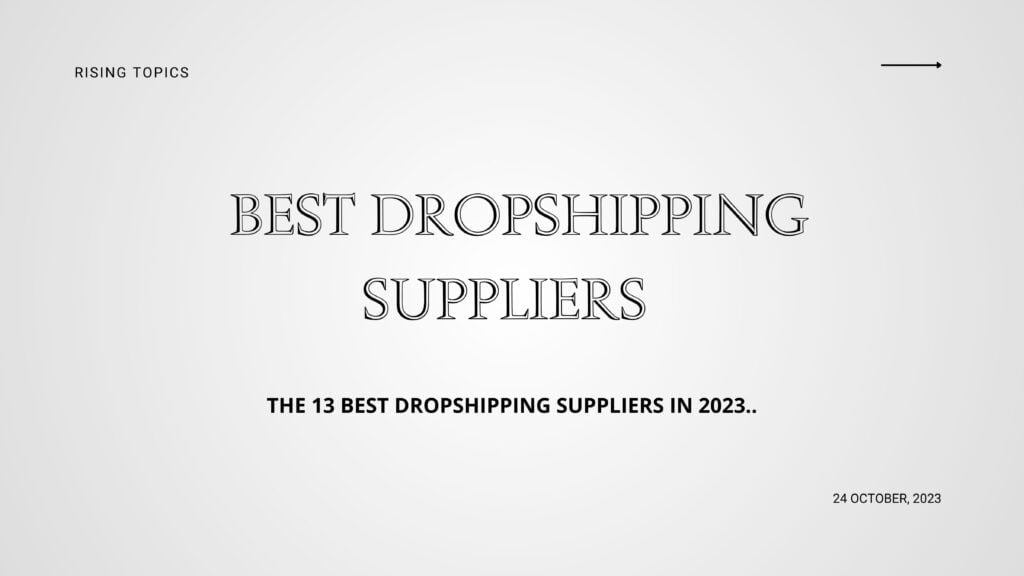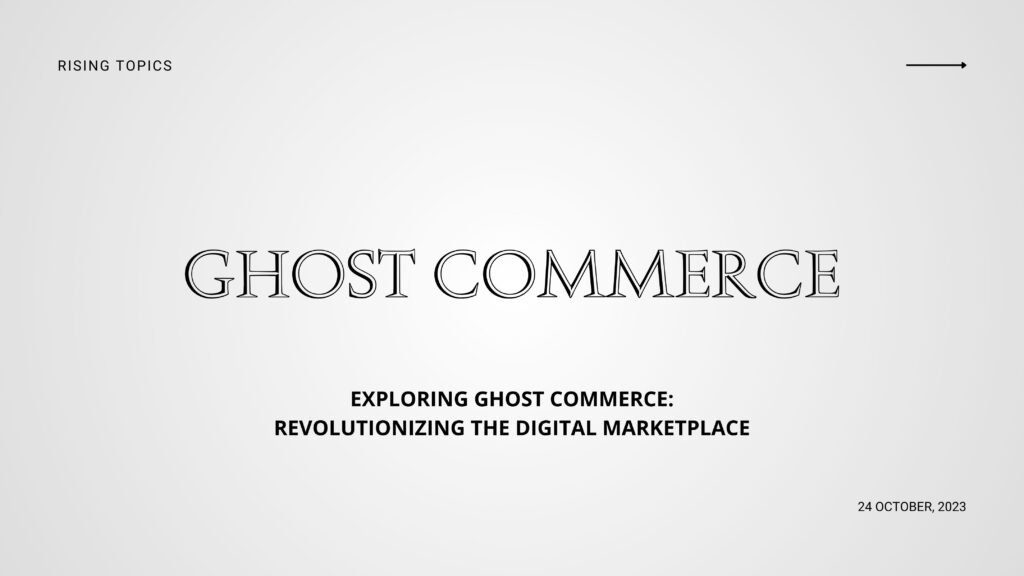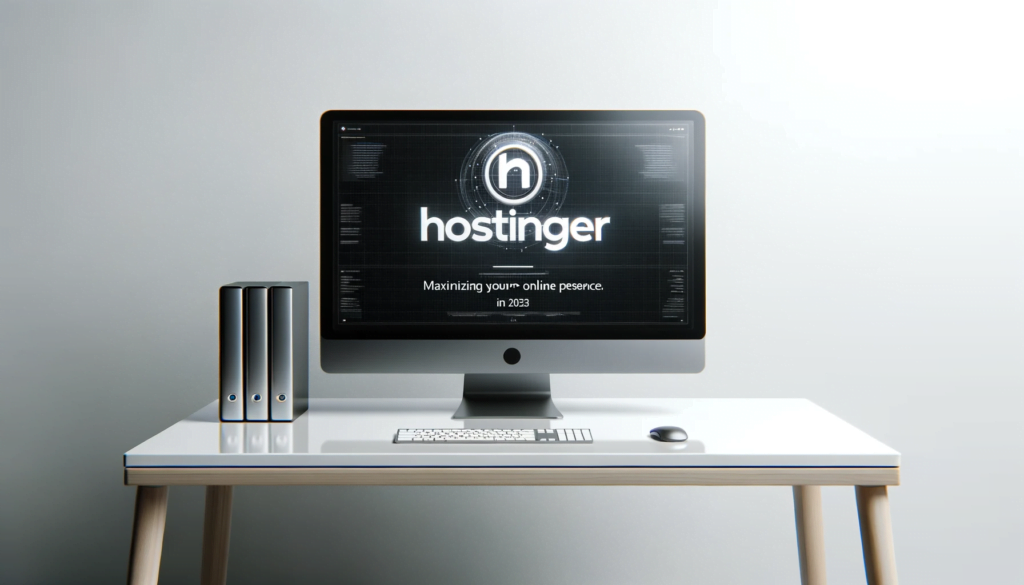What is Email Marketing ?
Table of Contents

What is Email Marketing ?
Email marketing stands as a cornerstone in the digital strategy realm, harnessing the capabilities of email communication to propel your business’s offerings, from products to services. This approach doesn’t just highlight your latest innovations or deals. It’s an integral component of your marketing automation system, priming leads, fortifying your brand presence, nurturing customer relations, and ensuring consistent engagement through various marketing emails.
A brief history of email
The epoch of email dawned in 1971, thanks to the ingenuity of Ray Tomlinson, a computer engineer. The initial message, a sequence of characters and numbers, signaled the advent of revolutionary communication. Tomlinson also pioneered the use of the “@” symbol, a fundamental element of email addresses.
Fast forward to 1978, Gary Thuerk, a marketing manager at Digital Equipment Corp, exploited this groundbreaking direct communication form, dispatching the inaugural commercial email to broadcast a product release.
The 1990s witnessed the internet mushrooming into a commercial juggernaut, transforming interpersonal communication and providing marketers with a potent advertising tool: the email. This development necessitated new regulations, such as amendments to the U.K.’s Data Protection Act, mandating an “opt-out” feature for marketing emails.
Advantages of email marketing
The universal adoption of email as a business marketing instrument is no accident. It compels user interaction, whether through reading, deleting, or archiving the email. Email marketing cultivates audience relationships and directs traffic to various online platforms, from blogs to social networks. Its versatility allows for audience segmentation by demographics, ensuring message relevance.
Moreover, it facilitates A/B testing for elements like subject lines or calls to action, optimizing message performance. This sophistication is supported by email marketing software, which streamlines email distribution. For a glimpse into these possibilities, Mailchimp’s email templates are worth exploring.
Disadvantages of email marketing
Despite its allure, email marketing isn’t devoid of pitfalls. Some businesses even gravitate towards alternatives like EZ Texting for communication.
Here’s why:
- Spam: The bane of email marketing, spam clutters inboxes with inconsequential content, prompting immediate deletion or relegation to spam folders. Evading spam filters is paramount; otherwise, these communications are futile.
- Size: Bulky emails are a deterrent, potentially hampering loading or prompting recipients to lose interest before viewing.
- Competition: Given its prevalence, standing out in an inbox crowded with marketing emails necessitates compelling content or exclusive promotions.
- Engagement: A single interaction or special offer might entice a subscription, but continuous engagement is crucial to prevent high unopened rates or unsubscribes.
- Design: With the variety of devices accessing emails, a one-size-fits-all design strategy doesn’t suffice. Poorly formatted emails risk deletion or spam reporting.
- Cost: “Free” email services often entail additional charges for features like images or extended content. Awareness of these potential expenses is crucial.
Email marketing types and examples
Email marketing morphs into various forms, each serving unique strategic purposes.
- Welcome emails: These introductions acclimate customers, promoting further exploration of your offerings.
- Newsletter emails: Regular updates featuring new offerings, articles, or customer testimonials, coupled with a compelling call to action.
- Lead nurturing emails: Tailored content sequences aimed at converting an interested demographic.
- Confirmation emails: Verifications for new subscribers or first-time buyers, affirming successful information processing.
- Dedicated emails: Targeted communication based on specific customer actions or characteristics.
- Invite emails: Announcements for special events or product launches, designed to drum up excitement and participation.
- Promotional emails: Broad-reach messages maintaining brand awareness or teasing upcoming offerings.
- Survey emails: Invitations to provide feedback, demonstrating customer value and informing business improvements.
- Seasonal marketing emails: Timely communications capitalizing on holidays or special events to promote relevant sales or promotions.
Tips for Building Your Email List
Developing a robust email list is no small feat and requires a genuine respect for customer preferences and compliance with marketing norms.
Purchasing email lists is frowned upon, with many email marketing entities, Mailchimp included, endorsing permission-based strategies. Instead, focus on enticing customers through lead magnets, like discounts or exclusive offers, ensuring they willingly subscribe.
Adherence to regional and global email directives, like the CAN-SPAM Act, CASL, or GDPR, is non-negotiable, ensuring respectful and legal treatment of personal data.
Email isn’t just for marketing; use it to converse with your audience. Periodic diversions from standard promotional content, like surveys or appreciation messages, can enrich customer relations.
Don’t overdo it. Bombarding subscribers can backfire. Prioritize quality and relevance in your communications to maintain subscriber loyalty.
Strategies for Successful Email Marketing
To maintain effectiveness, remember to keep content relevant and engaging. Personalize messages, use compelling CTAs, and don’t underestimate the power of A/B testing. Regularly update your list to stay in touch with an interested audience.
Common Mistakes in Email Marketing and How to Avoid Them
Avoiding pitfalls is crucial. Don’t bombard subscribers with too frequent emails, ensure your messages offer real value, and avoid generic content. Compliance with regulations like GDPR is also critical to avoid legal backlashes.
Conclusion:
As we navigate the complexities of digital spaces, email-marketing stands as a testament to the power of personal connection. It’s not without challenges, but the benefits and potential are undeniable. With careful strategy and persistent innovation, your email marketing efforts can yield substantial and meaningful results.






